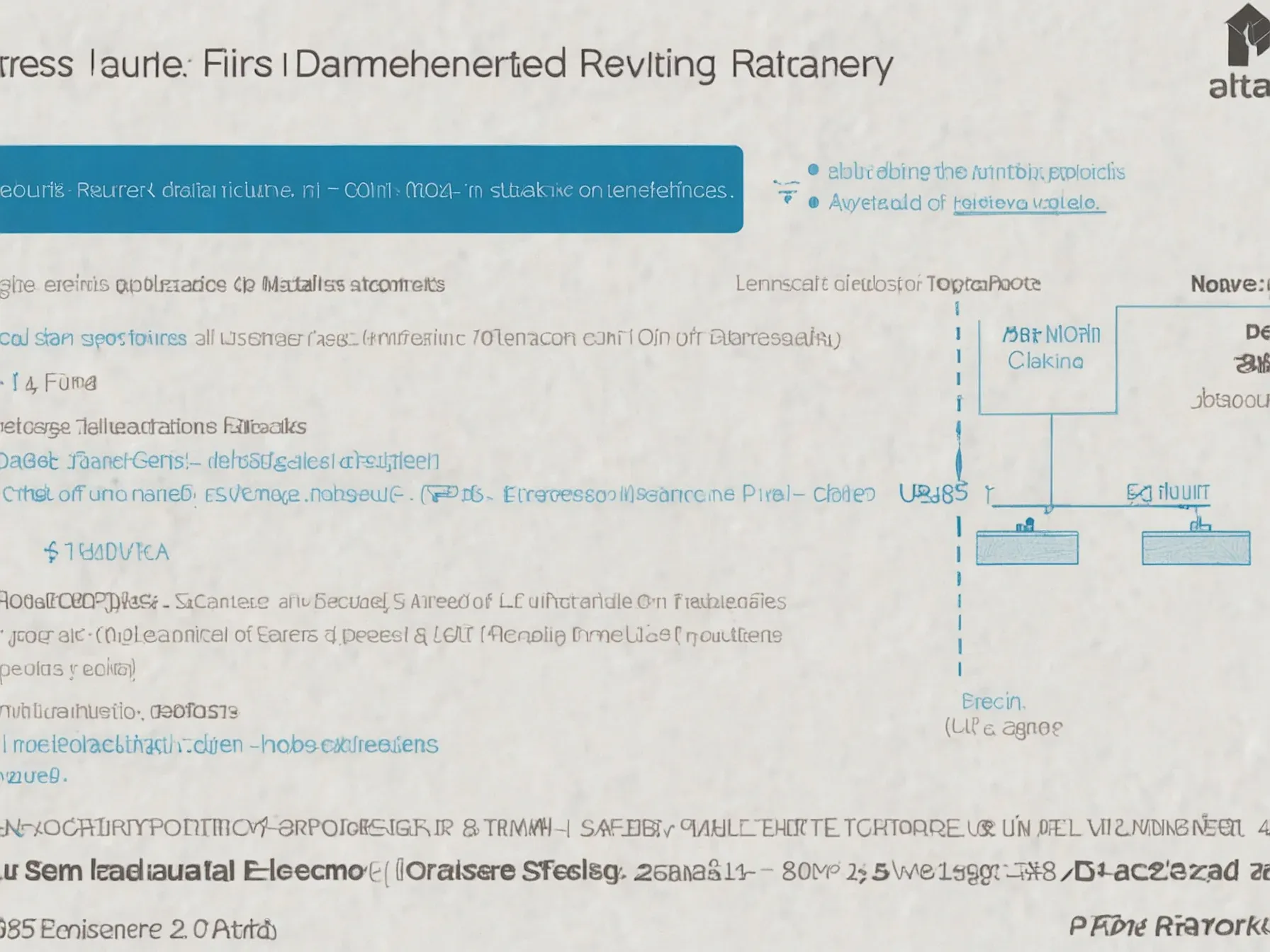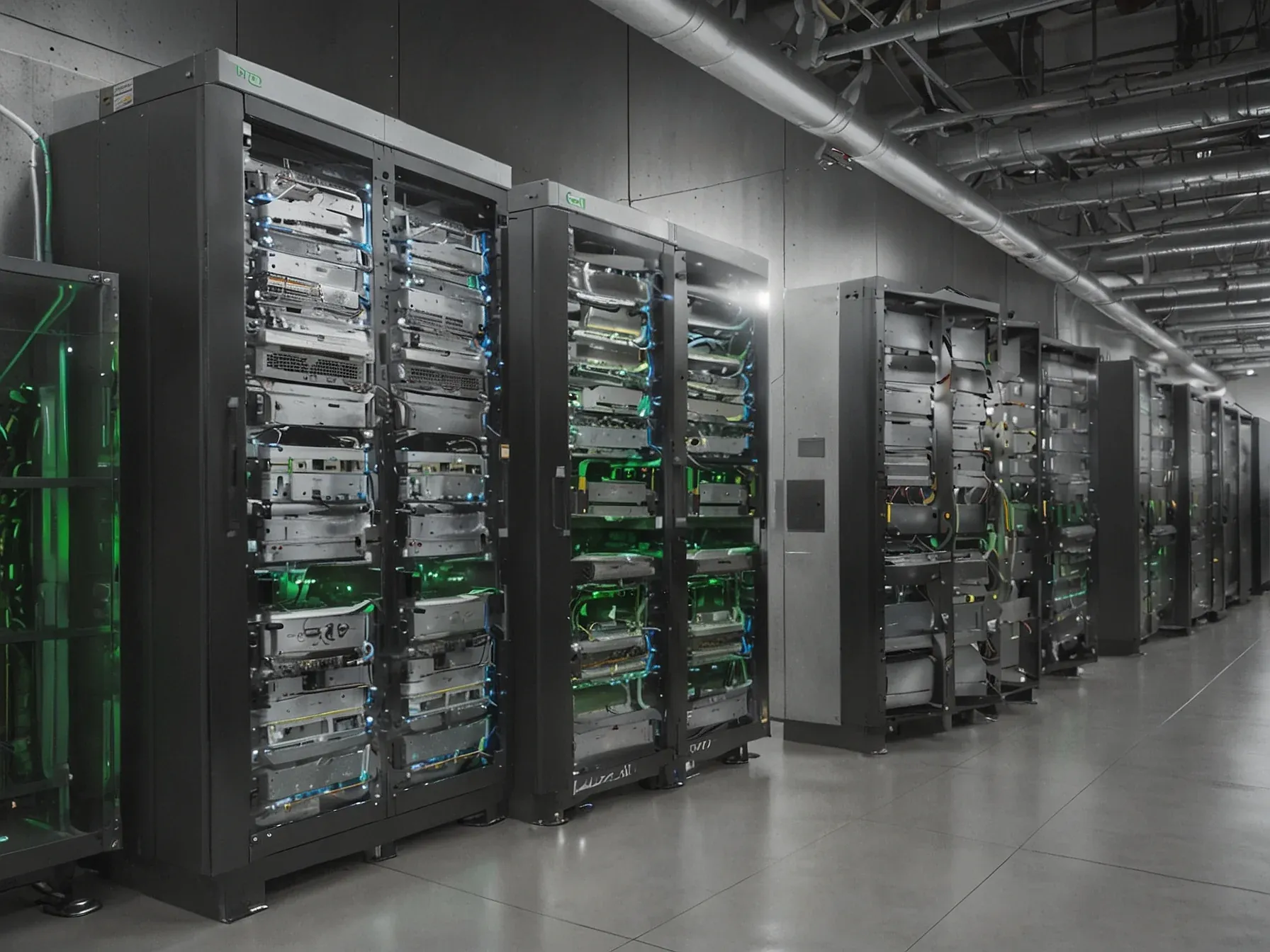
Databricks unveils single-function PDF parser, cuts cost 3‑5× vs Textract
Databricks just rolled out a new PDF‑parsing function that promises to streamline the way businesses extract data from documents. Instead of chaining together several services—optical‑character recognition, layout analysis, and post‑processing—the company says a single call can handle the whole workflow. The move targets a pain point that many AI‑driven applications still wrestle with: turning unstructured PDFs into clean, actionable data without blowing up costs.
Early adopters in manufacturing and other industrial sectors are already testing the tool, hoping to replace the patchwork of existing solutions. If the numbers hold up, the shift could mean a noticeable dent in cloud‑spending for enterprises that process thousands of files daily. That’s why Elsen’s comment about achieving “3‑5x lower cost while matching or exceeding leading systems like Textract, Document AI and Azure Document Intelligence” matters.
It frames the claim in the context of real‑world deployment and cost pressure.
"Through data-centric training and optimized inference, we've achieved 3-5x lower cost while matching or exceeding leading systems like Textract, Document AI and Azure Document Intelligence," Elsen said. Early enterprise adoption across manufacturing and industrial sectors Several major enterprises have already deployed ai_parse_document in production with use cases spanning data science workflow optimization, democratization of document processing and RAG application development. For example, Elsen noted that Rockwell Automation uses ai_parse_document to reduce configuration overhead for its data scientists.
"What once required significant setup to support complex solutions is now streamlined, letting their teams spend more time innovating and less time managing infrastructure," he said. TE Connectivity, meanwhile, is using ai_parse_document to democratize unstructured data processing. "Previously, extracting tables, text and metadata from documents required complex, code-heavy workflows," Elsen said.
"With Databricks, they've condensed all of that into a single SQL function, making advanced document processing accessible to every data team, not just data scientists." Emerson Electric is another early adopter. The company is using ai_parse_document for a RAG use case. Elsen explained that by enabling parallel document parsing directly within Delta tables, Emerson has made building RAG applications both fast and simple, all within its existing Databricks environment.
The platform integration play While Databricks has a long history with open source, the ai_parse_document technology is a proprietary component of the Databricks platform. Unlike standalone document intelligence APIs, ai_parse_document is deeply integrated with Databricks' Agent Bricks platform, which is a collection of AI functions and orchestration capabilities for building production AI agents.
Databricks' new ai_parse_document function promises to streamline PDF handling. By collapsing multi‑service pipelines into a single call, the tool aims to cut costs three to five times compared with Textract and similar services. Cost savings are claimed.
The company says data‑centric training and optimized inference let it match or exceed the accuracy of leading systems. Early adopters in manufacturing and industrial firms have reportedly begun testing the feature. Yet the claim that 80 % of enterprise knowledge is trapped in PDFs remains a broad estimate, and the extent to which the parser can handle diverse document layouts is still unclear.
The announcement acknowledges that PDF parsing for agentic AI is an unsolved problem, suggesting that further validation is needed. If the cost reductions hold under real‑world workloads, the offering could ease a known bottleneck in AI deployments. However, without independent benchmarks or long‑term performance data, it is uncertain whether the tool will consistently deliver the promised efficiency across sectors.
Further Reading
- Announcing state-of-the-art document intelligence on Databricks - Databricks Blog
- Databricks Data+AI Summit 2025 Key Announcements - Datapao
- June 2025 | Databricks on AWS: Parse documents using ai_parse_document (Beta) - Databricks Documentation
- Databricks Data + AI Summit 2025 Announcements - Blue Orange Digital
Common Questions Answered
What is the name of Databricks' new PDF‑parsing function and how does it differ from traditional pipelines?
Databricks introduced the ai_parse_document function, which consolidates OCR, layout analysis, and post‑processing into a single API call. This eliminates the need to chain multiple services, simplifying workflows and reducing integration complexity.
How much cost reduction does Databricks claim its PDF parser achieves compared to Amazon Textract?
Databricks states that ai_parse_document cuts costs by three to five times versus Textract, delivering 3‑5× lower expense while maintaining or surpassing the accuracy of leading document‑processing services.
Which techniques does Databricks attribute to the cost and accuracy improvements of ai_parse_document?
The company credits data‑centric training and optimized inference for the efficiency gains, enabling the model to match or exceed the performance of competitors like Document AI and Azure Document Intelligence while using fewer computational resources.
Which industry sectors have early adopters begun testing the new Databricks PDF parser?
Early enterprise adoption has been reported primarily in manufacturing and other industrial firms, where the tool is being used for data‑science workflow optimization, document‑processing democratization, and retrieval‑augmented generation (RAG) applications.




